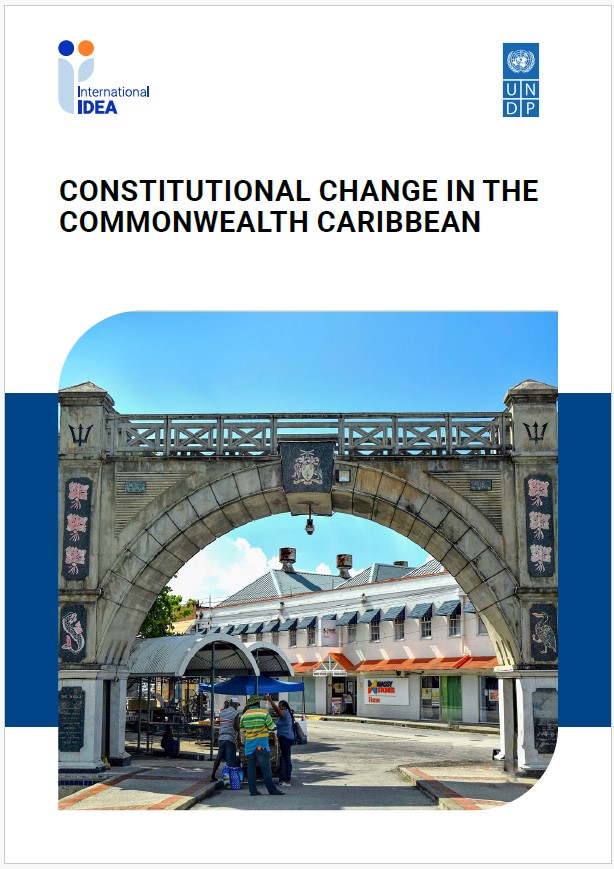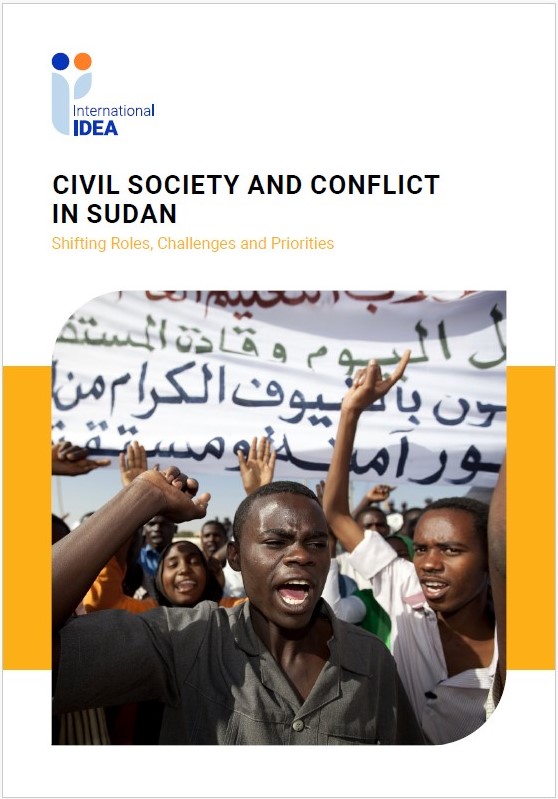This Policy Paper aims to fill a significant gap in the policy and academic literature on the process and design of interim constitutions in conflict-affected settings.
It argues that, unlike both peace agreements and interim arrangements, the strength of interim constitutions lies in their legal enforceability. It examines the diversity of post-1990 interim constitutions in terms of their structure and their role in broader peacebuilding processes.


